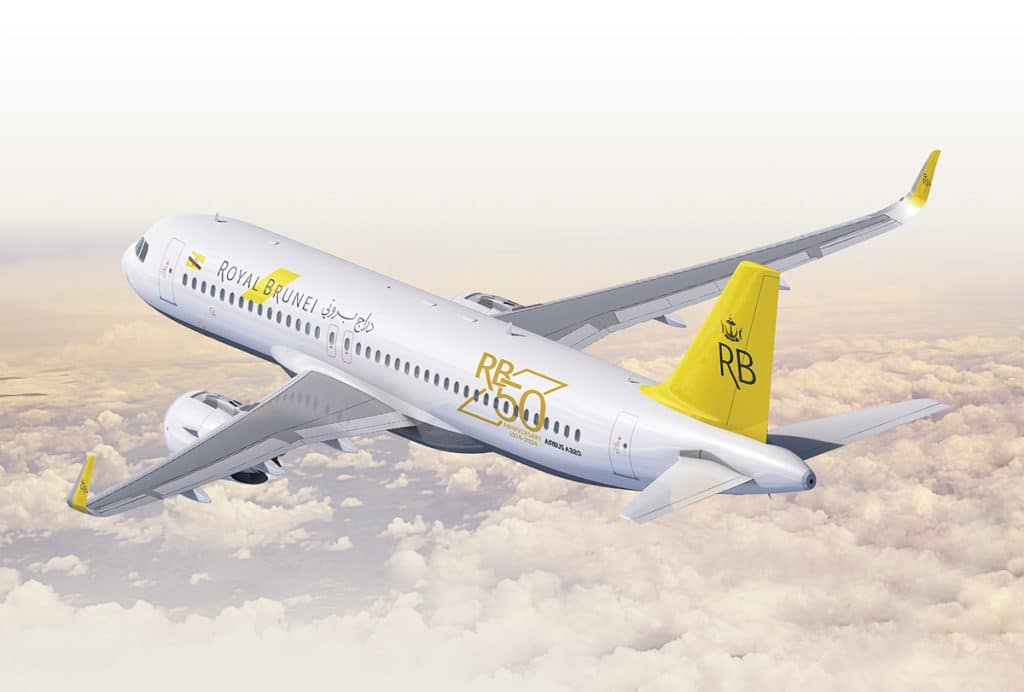Maritime Operators Need Increased Satellite Connectivity and Greater Efficiency
By Mark Richman, Director, Product Management, Mobility Services
The global maritime industry is passing through some rough seas, as shipping companies face a glutted commercial shipping market that requires greater operating efficiency in order to eke out slim profits from container, commodities and oil transport.
One solution? Vessel owners are turning to technology to experiment with “automated ships” with smaller crews that require robust satellite capacity for operations, navigation and on-shore monitoring as they cross the world’s oceans.
Satellite service providers face three major challenges as they work to integrate higher-capacity satellite solutions into their operations:
- Reactive purchasing in recent years has resulted in complex and disparate network designs aboard ships. Intelsat’s analysis of its top 20 maritime customers found that they made an average of 112 changes to their satellite networks in the previous year, and that figure does not include changes involving other satellite operators also serving their ships.
- Maritime routes are shifting, making it more difficult to forecast future demand for shipping services and bandwidth requirements in each region. Trade in the Atlantic Ocean region is predicted to shrink six percent by 2020, while in the Southeast Asia region, demand is expected to grow 19 percent over the same period.
- Profits are being squeezed by a glut of capacity in the marketplace, making shippers focus squarely on getting the highest possible return on any investment in new technology. Applications that monitor ship performance and provide real-time mapping are dramatically increasing bandwidth consumption, while crew members demand constant connectivity for the smartphones and laptops they bring on board. Incorporating new, more efficient technology is critical to satisfy rising communications needs from both operational applications and crew communication needs.
Since the 2008 financial crisis, the merchant sector of the shipping industry has been squeezed by both a glut of new commercial shipping capacity coming into service and a slowdown in global trade. Freight rates for bulk carriers that carry commodities like coal and iron ore have plummeted 95 percent since peaking in 2008. Sending a single container from Shanghai to Europe today costs half of what it did in 2014, leaving the shipping company lower profit margins. The bankruptcy of Hanjin Shipping, the 7th largest container shipping line, in September, 2016 had a ripple effect on the global economy. One leading consultancy estimates that container lines as a group lost as much as $10 billion in 2016.
Despite this gloomy business environment, shipping firms must continue to invest in network upgrades and new systems to improve efficiency to enable them to become profitable again. Industry forecasts tell us that the number of VSAT-equipped vessels will grow from 13,200 in 2015 to 32,700 in 2025. The merchant segment will see the biggest growth in installed VSAT terminals during this period, increasing from 6,000 to nearly 20,000.
The shift to VSAT will enable high-capacity broadband not available using the traditional maritime L-band service that shippers have relied on for decades. This growth in the maritime demand for connectivity will come at a time when satellite broadband to mobile VSAT platforms is being dramatically improved by the introduction of high-throughput satellites such as Intelsat’s Epic constellation and by the development of next-generation ground antennas and modems.
Epic and other HTS platforms use spot beams to deliver high-powered signals that can be picked up with smaller shipboard antennas than those required to connect to lower-power wide-beam satellites. The HTS satellites also made more efficient use of spectrum. Tests performed by customers after the launch of Intelsat 29e, the first Epic satellite, found that spectral efficiency improved as much as 165 percent compared to conventional wide-beam satellites when using existing terrestrial equipment.
The most important consideration shippers face in choosing an HTS service provider is between open and closed network architectures. The Ku-band service offered by Intelsat and some other providers is an open platform, meaning it is compatible with equipment from a range of providers and can be used with service from multiple satellite operators. In fact, the IS-29e tests used six different types of ground equipment and all achieved the same results. Ka-band providers have closed systems, locking a customer into a single service provider and a single equipment manufacturer.
Antenna technology also is rapidly evolving. Much attention has been focused on new developments in flat-panel antenna designs that do not require constant steering to maintain contact between a moving ship and a satellite. However, these new designs are not necessarily required for commercial maritime operations because large ships have the space to accommodate conventional VSAT antenna domes.
The new generation of these VSAT systems can deliver greater performance from HTS satellites than earlier models. The IS-29e tests using next-generation ground equipment found an improvement in spectral efficiency of up to 330 percent.
A number of manufacturers also have developed lower-weight and lower-cost VSAT systems. 60 cm Ku-band VSAT antennas are available today and cost about 40% less than 1 meter Ku-band VSAT antennas. Another key factor in the total cost of the system is the fact that these 60 cm antennas can be used with Intelsat’s Epic satellites, and are light enough to be positioned on a vessel without using a crane.
As the maritime industry moves toward development of more autonomous vessels, shipping companies need to be sure that the satellite operator they work with has enough capacity available for all ships on dense shipping routes and has sufficient backup available should a satellite ever fail. Upgrading satellite communications is a significant expenditure, and shippers need to be certain that their technology choice doesn’t become obsolete as next-generation capabilities are introduced.






















